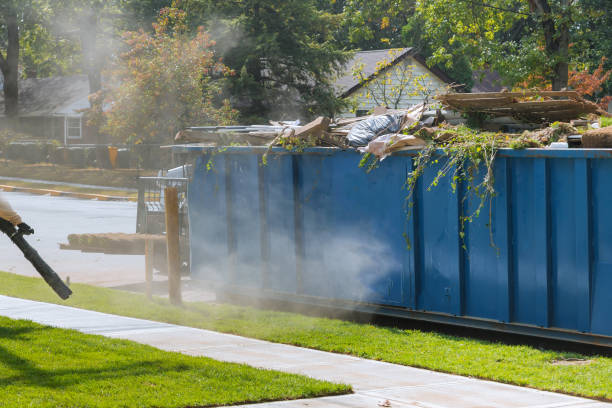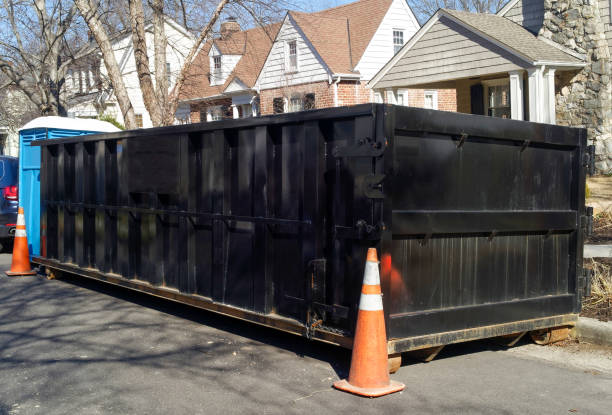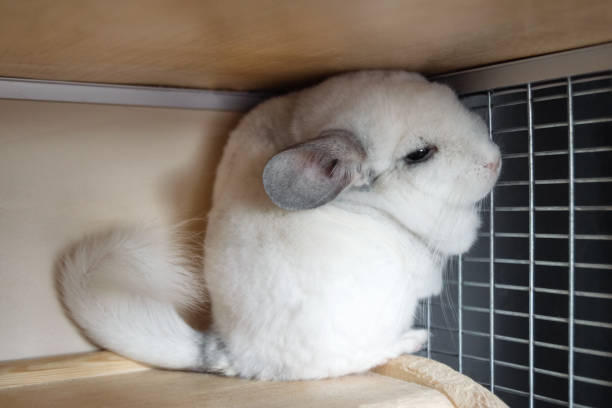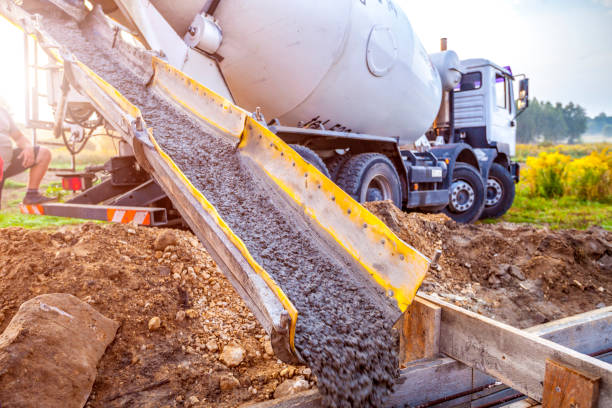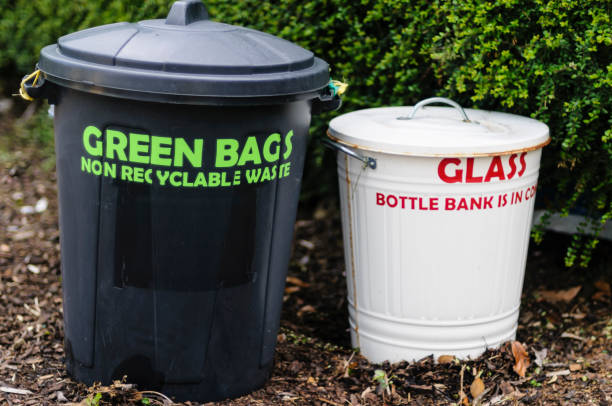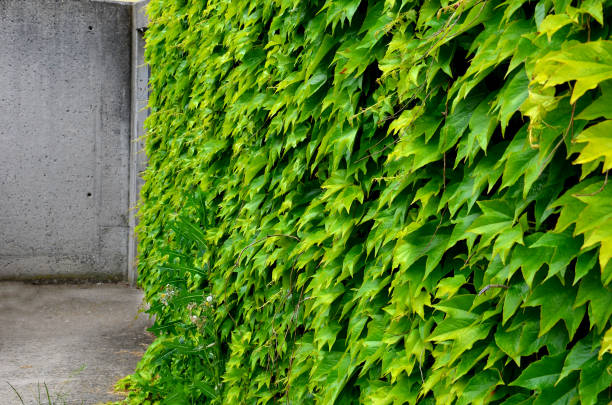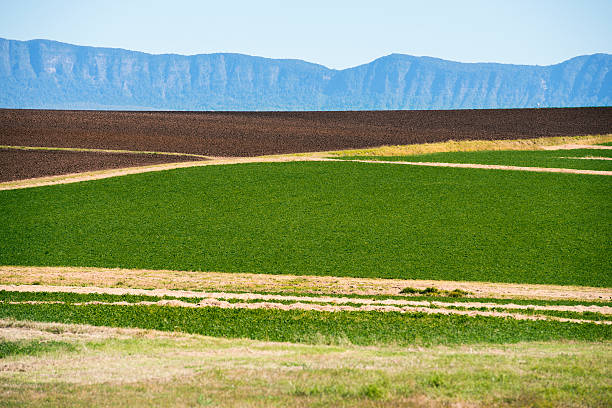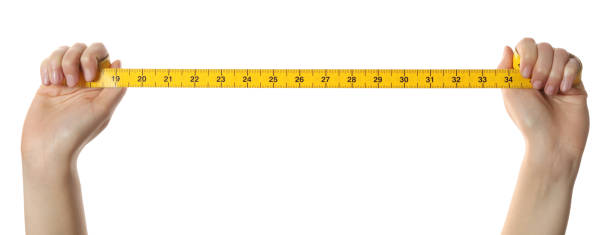What Are the Dimensions of a 30 Yard Dumpster
This post contains affiliate links. This means I will make a commission at no extra cost to you should you click through and make a purchase. Read the full disclosure here.Dumpsters are commonly used for waste disposal during construction, renovation, or cleanout projects. They come in various sizes to accommodate different amounts of waste. One popular size is the 30 yard dumpster, which offers a balance between capacity and convenience. In this article, we will explore the dimensions of a 30 yard dumpster and provide valuable insights to help you determine if it’s the right choice for your needs.
Introduction
When undertaking a substantial project that generates a significant amount of waste, having a suitable dumpster is crucial. The size of the dumpster determines its capacity and the amount of waste it can hold. A 30 yard dumpster is a popular choice for medium to large-scale projects due to its ample capacity without being excessively large.
What is a 30 yard dumpster?
A 30 yard dumpster is a large waste container typically used for construction, renovation, or cleanup projects. It is designed to hold various types of waste, including debris, construction materials, household items, and more. The term “30 yard” refers to the container’s capacity, which is measured in cubic yards.
Dimensions of a 30 yard dumpster
The dimensions of a 30 yard dumpster may vary slightly depending on the manufacturer. However, the average dimensions are as follows:
- Length: Approximately 22 feet
- Width: Approximately 8 feet
- Height: Approximately 6 feet
These dimensions provide a general idea of the size of a 30 yard dumpster, but it’s essential to note that the exact measurements may differ between dumpster rental companies. It’s advisable to confirm the dimensions with the specific provider you choose.
Benefits of using a 30 yard dumpster
Using a 30 yard dumpster offers several benefits, including:
- Ample capacity: A 30 yard dumpster provides a generous amount of space to accommodate a significant volume of waste, making it suitable for medium to large-scale projects.
- Versatility: It can handle various types of waste, including construction debris, household junk, furniture, appliances, and more.
- Convenience: The size of a 30 yard dumpster strikes a balance between capacity and maneuverability, making it easier to place and transport compared to larger dumpster sizes.
- Cost-effectiveness: Renting a 30 yard dumpster can be more cost-effective than renting multiple smaller dumpsters or making frequent waste disposal trips.
Common uses of a 30 yard dumpster
A 30 yard dumpster is commonly used in the following scenarios:
- Construction projects: Whether it’s a commercial construction site or a residential renovation, a 30 yard dumpster can handle the debris generated by tasks like demolition, remodeling, and roofing.
- Estate cleanouts: When clearing out an entire estate or decluttering a large property, a 30 yard dumpster can efficiently handle the disposal of furniture, appliances, and other items.
- Large-scale cleanups: Whether it’s after a major event, a community cleanup, or a landscaping project, a 30 yard dumpster provides the necessary capacity to collect and dispose of a substantial amount of waste.
How to determine if a 30 yard dumpster is suitable for your needs
To determine if a 30 yard dumpster is suitable for your project, consider the following factors:
- Volume of waste: Estimate the amount of waste you anticipate generating during your project. If it falls within the range that a 30 yard dumpster can comfortably accommodate, it is likely a suitable choice.
- Space availability: Ensure that you have enough space to place the dumpster. A 30 yard dumpster requires a relatively large area for safe and convenient placement.
- Project duration: Consider the duration of your project. If it is expected to span several days or weeks, a 30 yard dumpster may be a more practical choice than smaller options.
Factors to consider when renting a 30 yard dumpster
Before renting a 30 yard dumpster, it’s essential to consider the following factors:
- Weight restrictions: Dumpster rental companies often impose weight restrictions. Ensure that you understand the weight limit and avoid exceeding it to avoid additional charges.
- Rental duration: Determine how long you will need the dumpster and discuss the rental period with the provider. It’s important to clarify any potential fees for extending the rental period if needed.
- Placement considerations: Plan where the dumpster will be placed during your project. Ensure there is enough space for convenient access and that it won’t obstruct walkways or driveways.
Tips for maximizing the use of a 30 yard dumpster
To make the most of your 30 yard dumpster, consider the following tips:
- Organize and plan ahead: Sort your waste and dispose of it systematically to maximize the use of the dumpster’s capacity.
- Properly load the dumpster: Start by placing heavier and bulkier items at the bottom, maximizing the use of space. Fill in gaps with smaller items to optimize the dumpster’s capacity.
- Follow waste disposal regulations: Ensure that you dispose of waste in accordance with local regulations. This includes separating recyclables, hazardous materials, and general waste appropriately.
Cost of renting a 30 yard dumpster
The cost of renting a 30 yard dumpster varies depending on several factors, such as location, rental duration, and additional services required. It’s best to contact local dumpster rental providers to obtain accurate pricing information based on your specific needs.
Comparison with other dumpster sizes
When choosing a dumpster size, it’s helpful to compare the 30 yard option with others. Here is a quick comparison:
- 20 yard dumpster: The 30 yard dumpster offers approximately 50% more capacity than the 20 yard option.
- 40 yard dumpster: The 30 yard dumpster is more maneuverable and cost-effective compared to the larger 40 yard option while still providing a substantial capacity.
Conclusion
Choosing the right dumpster size is essential for efficient waste management during construction, renovation, or cleanup projects. A 30 yard dumpster strikes a balance between capacity, convenience, and cost-effectiveness. By understanding the dimensions and benefits of a 30 yard dumpster, as well as considering factors like project requirements and rental details, you can make an informed decision for your waste disposal needs.
FAQs
What types of waste can be disposed of in a 30 yard dumpster?
A 30 yard dumpster can handle various types of waste, including construction debris, household junk, furniture, appliances, and more. However, it’s important to check with the dumpster rental company for any restrictions on hazardous materials.
How long can I rent a 30 yard dumpster for?
The rental duration for a 30 yard dumpster varies among providers. It can range from a few days to several weeks. Discuss your project timeline with the rental company to determine the most suitable rental period.
Can I place a 30 yard dumpster on the street?
Placing a 30 yard dumpster on the street may require a permit from the local authorities. Check with your municipality or city to ensure compliance with any regulations regarding street placement.
Are there any weight restrictions for a 30 yard dumpster?
Dumpster rental companies typically impose weight restrictions on their dumpsters, including 30 yard options. Ensure that you understand the weight limit and avoid exceeding it to prevent additional charges.
How much does it cost to rent a 30 yard dumpster?
The cost of renting a 30 yard dumpster can vary depending on factors such as location, rental duration, and additional services. Contact local dumpster rental providers for accurate pricing information based on your specific needs.

